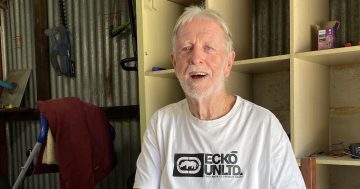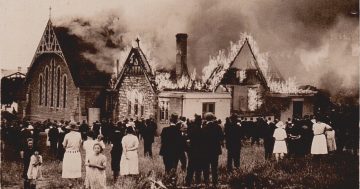
Among those gathered for the topping-out celebration marking the cathedral tower’s completion are, second and third from left, Elizabeth Lipscomb and then-Mayor Tony Lamarra. Photo: Irene Lorbergs.
Working briefly in Goulburn as a newspaper photographer in the late 1980s, Irene Lorbergs set her work aside to capture the final stages of construction of the St Saviour’s Cathedral tower.
Her memory of those days was sparked by our story about stonemason Brian Doyle’s role in the ambitious heritage project. Irene knew exactly where to unpack her black-and-white photographs from 1987.
“For some reason, I have had them tucked away behind my bookcase,” she said. “It would be nice to be able to give them to someone that’s going to value them, as opposed to throwing them out with the paper recycling.”
Irene had arrived in Goulburn from Sydney after completing a degree course in photography and film at the Sydney College of the Arts. After two weeks of printing photo sales in the Goulburn Post’s darkroom, she was offered the chief photographer’s position.
“I endured such a steep learning curve going from making ‘art’ at SCA to meeting 9 am deadlines for front page and even more importantly, back-page sports photos that would sell the paper that day,” she said.
“Luckily, the most warm and welcoming mayor in history, Tony Lamarra, took me under his wing.”
She decided to spend her own time documenting the St Saviour’s project, and happened to capture one of the key people whose creative enterprise launched the tower. That person was Elizabeth Lipscomb, wife of the Reverend Ian Lipscomb. She was a teacher and, for a time, a member of Goulburn City Council.
While a $1.35 million grant from the NSW Bicentennial Council and $200,000 from the diocese helped, the huge tower needed much parish fundraising. The church had already spent $197,000 to reinforce the foundations to enable the tower to rise above the skyline.
At one stage in 1987, Tony Lamarra made a public plea for old jewellery that could be melted down and sold to provide extra money for the cathedral. He was encouraging people to donate bracelets, watches and brooches from which stones had been lost or which were no longer worn. The gold and silver obtained would then be melted down and sold.
They were lofty goals at the time, and Irene was up for her own personal challenge of climbing towards the heavens with her camera.
“I would clamber up to enormous heights on the shaky scaffolding on the outside of the spire and take photos from time to time to record the progression and also the workers on site,” she said.
“There was a splendid aerial view from up top and as long as I had my camera in front of my eyes I felt safe. I am an acrophobic!”
She remembers joining Elizabeth, Tony, the stonemasons and others for the topping-out celebration as the tower neared completion.
“Tony, with champagne bottle in hand and making a speech ‘from the heart’, declared the finished and completed work,” Irene said.

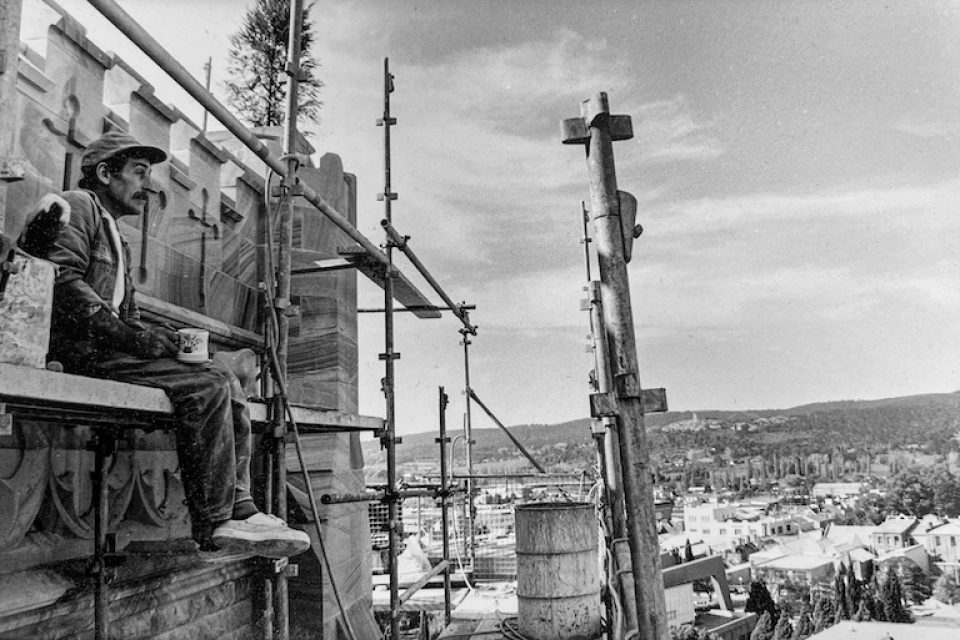
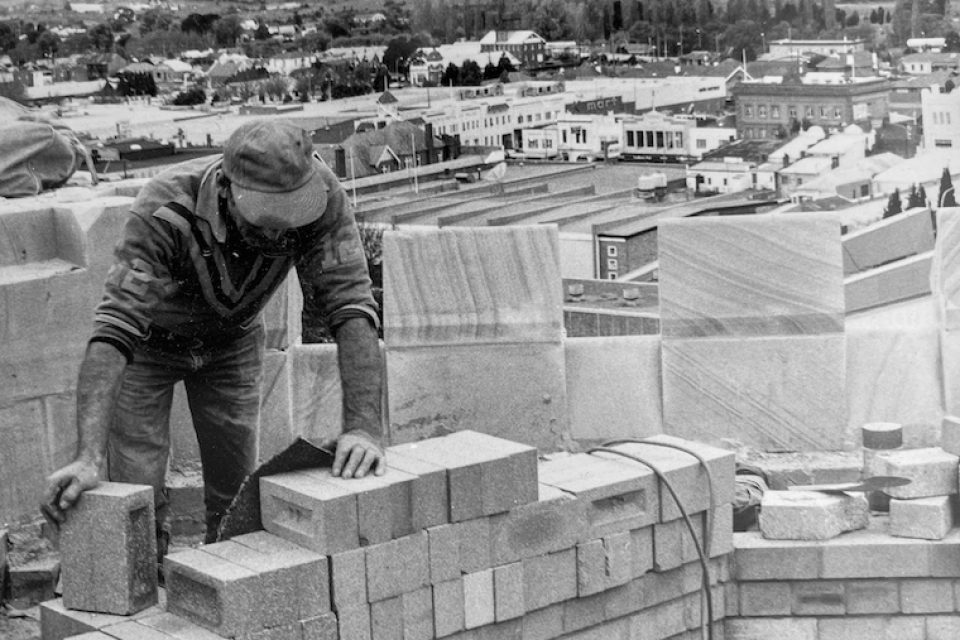
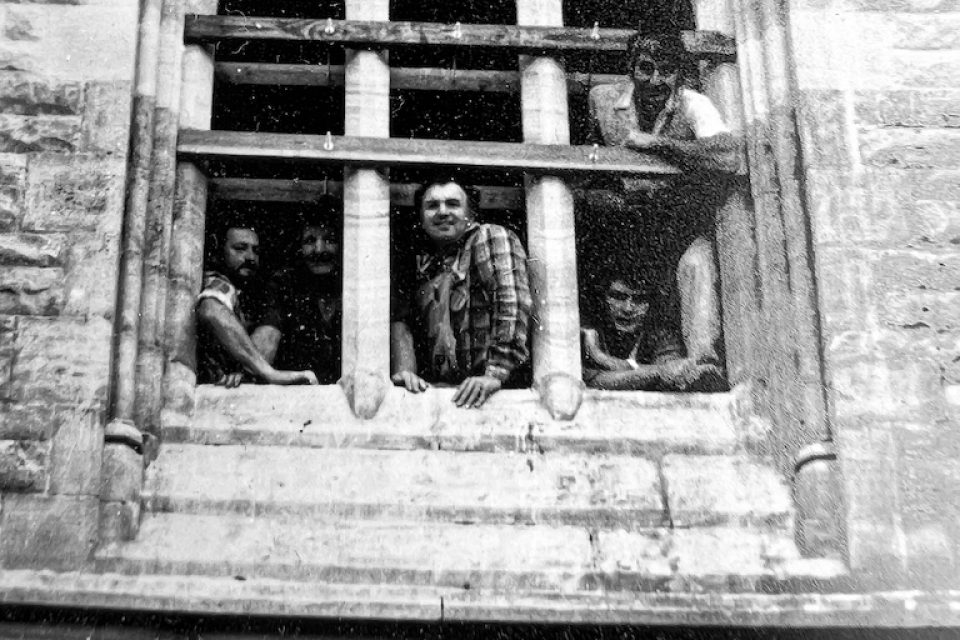
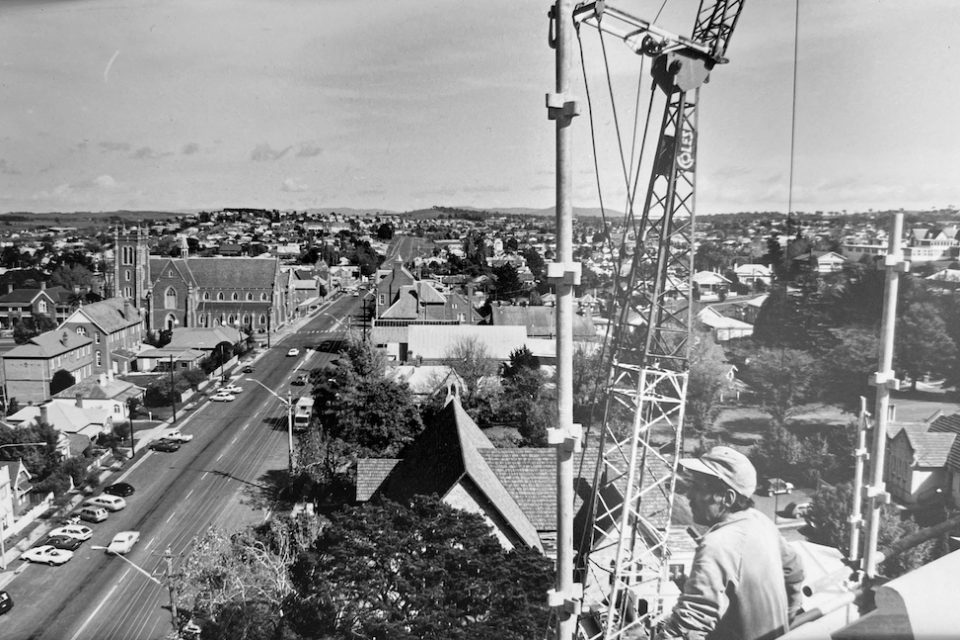
About this time, the photographer had come across liquid-light technology and imported it from the United States, obtained some pieces of sandstone from the tower project and painted the liquid emulsion onto it.
“With the magic of photographic chemistry, I made stone photos with the building depicted on them,” Irene said.
“Unbelievably, nearly 40 years later those sandstone photos look like they were ‘baked’ yesterday and have not deteriorated at all.
“They hold a very special place in my heart, reminding me of a town with a big heart welcoming a novice photographer with open arms, lots of support and goodwill, and launched my photographic career, which has continued to the present day in Canberra.”
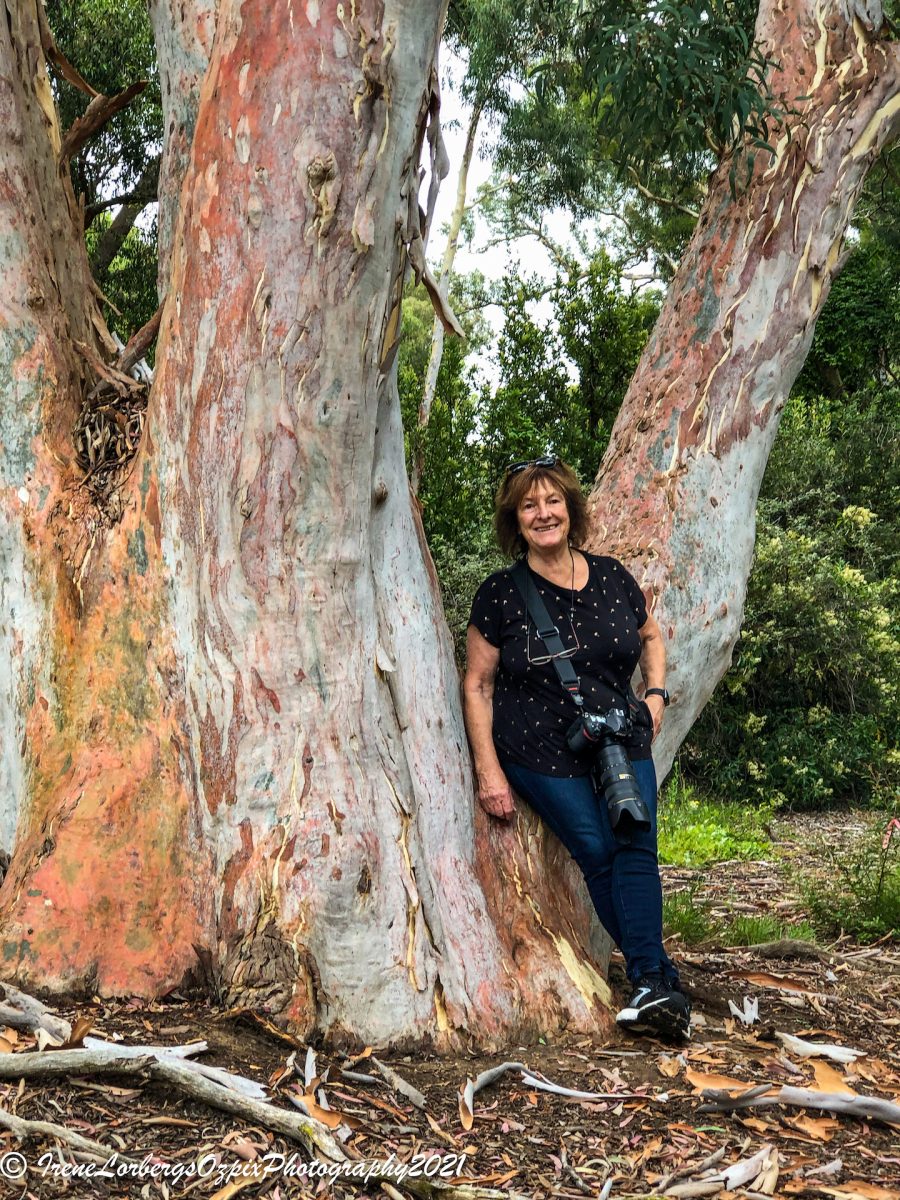
Irene Lorbergs at the Australian National Botanical Gardens, Canberra. She now teaches photography in the national capital, after launching her career in Goulburn. Photo: Irene Lorbergs Photography.
For the champions of the project and their specialist builders, another challenge was finding enough suitable sandstone. According to some records, stone sites in Goulburn, Marulan and near Sydney were investigated. Some stone was retrieved from the demolished Fitzroy Bridge in Goulburn.
The Lipscombs later bought the historic property South Hill, from where enterprising Elizabeth developed a tourism venue, offering a model 19th-century school and tours of the Victorian homestead. The couple even restored an old chicken coop, an elaborate structure of separate pens, but nothing to match the scale and grandeur of the St Saviour’s Cathedral tower.






